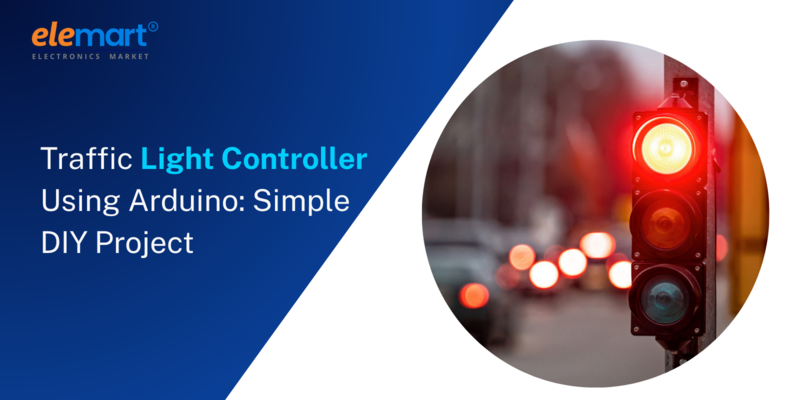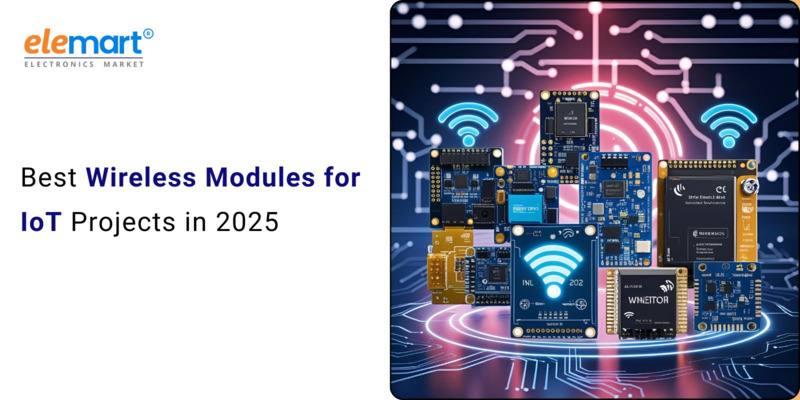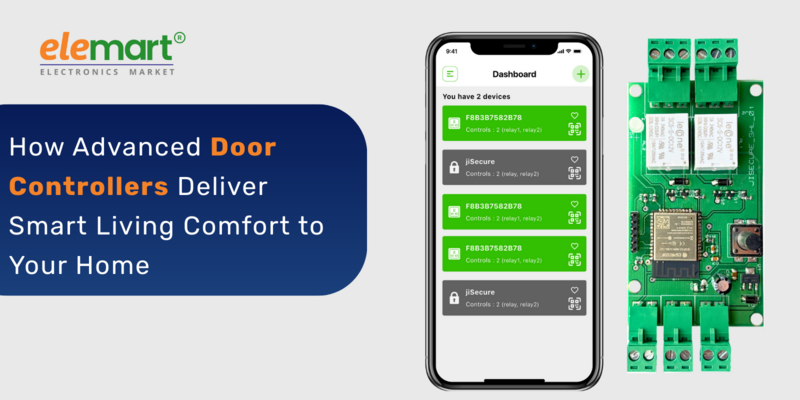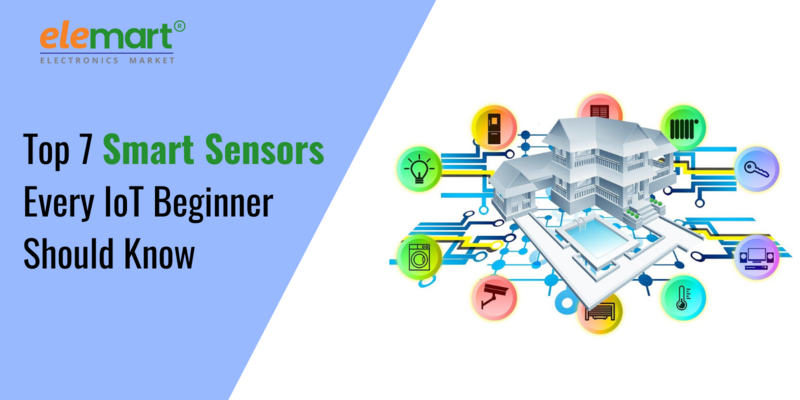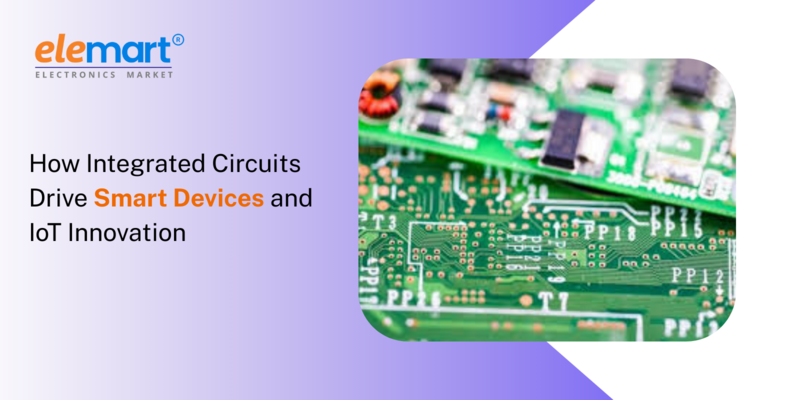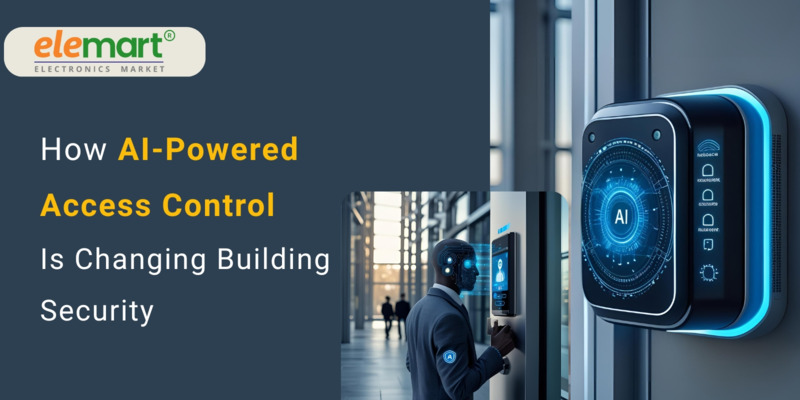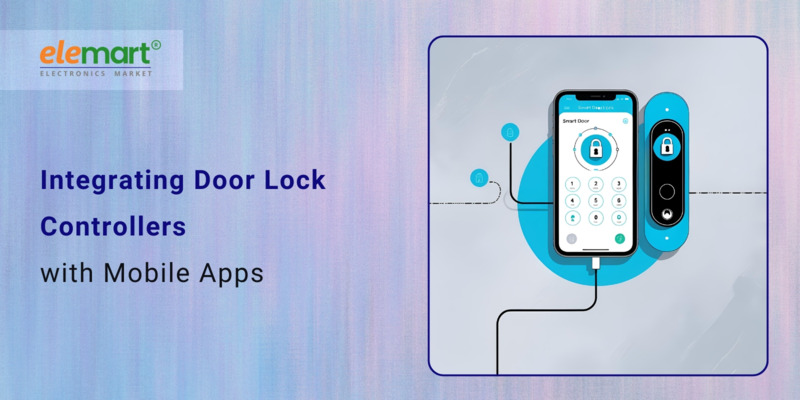- Jun 27, 2025
Share this post on:
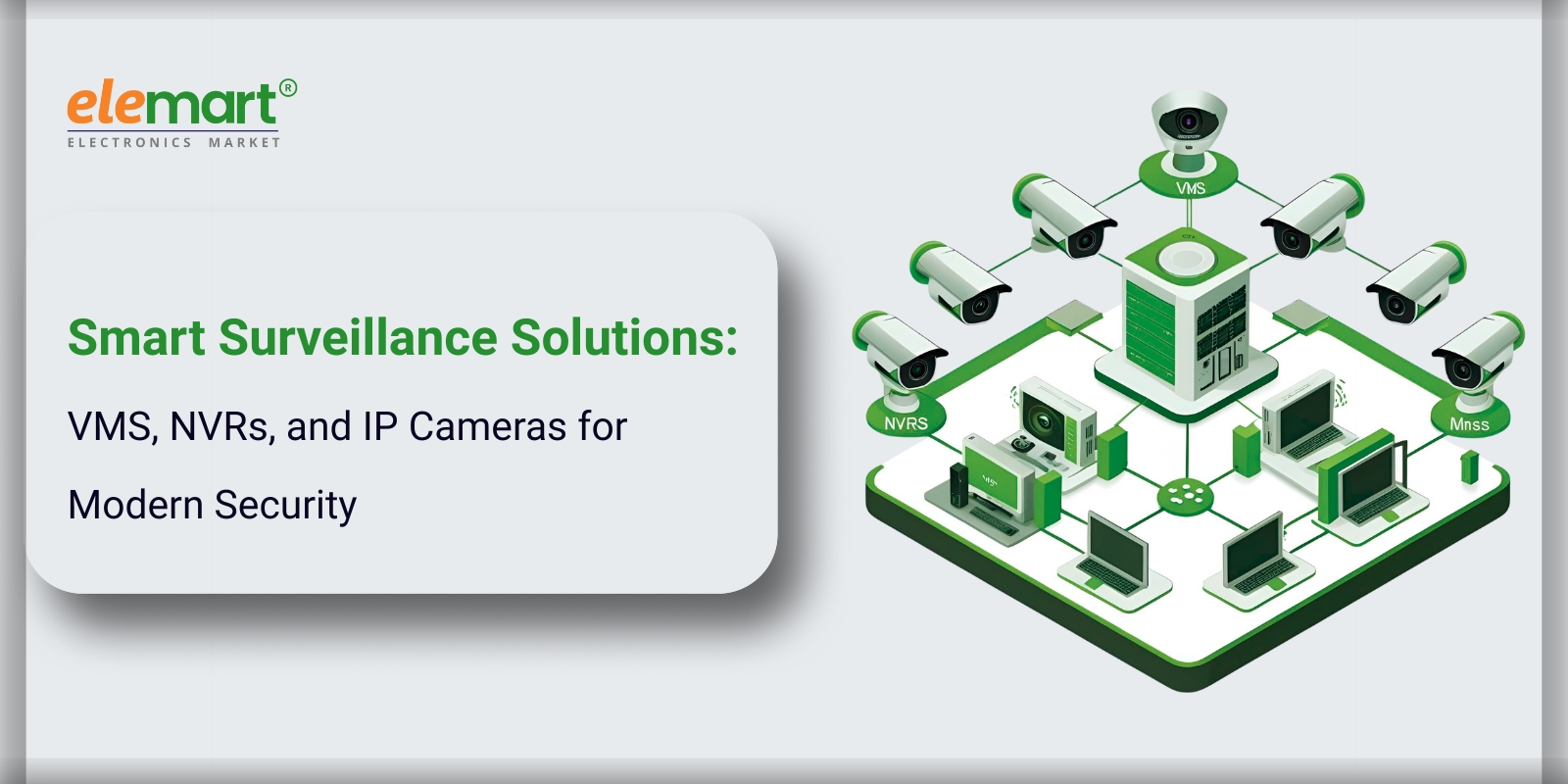
The world is changing, and so are the threats to our safety and property. Traditional surveillance systems, relying on grainy analog footage, are quickly becoming obsolete. Today's businesses, homeowners, and communities demand more: higher resolution, intelligent analytics, remote access, and robust cybersecurity. This has driven the rise of smart surveillance solutions, leveraging Video Management Systems (VMS), Network Video Recorders (NVRs), and advanced IP cameras. This guide will explore these core components, highlighting their benefits, considerations, and how they work together to create a modern security infrastructure.
Understanding the Core Components
- Resolution: IP cameras offer a wide range of resolutions, from 720p (HD) to 4K and beyond. Higher resolution means more detail and easier identification.
- Types: Various types cater to different needs:
- Dome Cameras: Discreet and often vandal-resistant, ideal for indoor use and ceilings.
- Bullet Camera: Weatherproof and visible, suitable for outdoor perimeter surveillance.
- PTZ (Pan-Tilt-Zoom) Cameras: Offer remote control of the camera's direction and zoom, allowing operators to cover a wider area.
- Fixed Cameras: Offer a constant view of a specific area.
- Features: Many include infrared (IR) for night vision, Wide Dynamic Range (WDR) for handling challenging lighting conditions, and Power over Ethernet (PoE) for simplified installation.
- NVR (Network Video Recorder): The NVR acts as the central hub for recording and managing video from your IP cameras. It’s essentially a specialized DVR (Digital Video Recorder) designed for network cameras.
- Storage: NVRs have large storage capacities, typically measured in terabytes (TB), allowing for extended recording times.
- Connectivity: They connect to your network, allowing for remote access to recorded footage and live camera feeds.
- Functionality: NVRs offer features like scheduled recording, motion detection recording, and user management.
- VMS (Video Management System): The VMS is the software that controls and manages the entire surveillance system. It’s the brain of the operation, coordinating cameras, NVRs, and analytics.
- Centralized Management: A VMS allows you to manage cameras from multiple locations in a single interface.
- Advanced Features: It often includes features like motion detection, intrusion detection, facial recognition, license plate recognition (LPR), and integration with other security systems (access control, alarm panels).
- Scalability: VMS platforms are designed to scale from a few cameras to hundreds or even thousands, making them suitable for businesses of all sizes.
How They Work Together: A Synergistic System
The real power of smart surveillance comes from the interplay between these components. Here's a simplified overview:
- IP Cameras Capture Footage: The IP cameras continuously record video and transmit it over your network.
- NVR Records and Stores: The NVR receives the video streams from the cameras and stores them on its internal hard drives. It can be configured to record continuously, on a schedule, or triggered by motion.
- VMS Manages and Analyzes: The VMS connects to the NVR (and sometimes directly to the cameras) to provide a central management interface. It allows you to view live feeds, review recorded footage, configure camera settings, and utilize advanced analytics. The VMS can also send alerts based on detected events.
- Remote Access: Through the VMS, you can access the entire surveillance system remotely via a smartphone, tablet, or computer, granting you real-time visibility and control, regardless of your location.
Benefits of Smart Surveillance Solutions
The shift to smart surveillance offers significant advantages over traditional systems:
- Enhanced Image Quality: High-resolution cameras provide clearer, more detailed images, making identification easier and more accurate.
- Remote Accessibility: Access live and recorded footage from anywhere with an internet connection.
- Intelligent Analytics: Automated detection of events like motion, intrusion, loitering, and even specific behaviors. This reduces the burden on security personnel and improves response times.
- Improved Security: Proactive detection and prevention of security breaches.
- Reduced Costs: While the initial investment may be higher, smart surveillance can lead to reduced labor costs (due to automation) and lower insurance premiums.
- Scalability and Flexibility: Easily add or remove cameras and adjust system configurations as your needs change.
- Integration with Other Systems: Seamlessly integrates with access control systems, alarm panels, and building management systems for a more comprehensive security solution.
- Data-Driven Insights: Collect valuable data about facility usage, employee behavior, and customer activity.
Considerations When Choosing a System
Investing in a smart surveillance system is a significant decision. Here’s what to keep in mind:
- Bandwidth Requirements: High-resolution cameras consume significant bandwidth. Ensure your network infrastructure can handle the increased load. Consider using video compression techniques (H.265, H.264) to reduce bandwidth usage.
- Storage Capacity: Calculate your storage needs based on the number of cameras, resolution, frame rate, and desired recording duration. Factor in redundancy (RAID) to protect against hard drive failures.
- Cybersecurity: Smart surveillance systems are vulnerable to cyberattacks. Choose cameras and software from reputable vendors with strong security practices. Implement strong passwords, keep firmware updated, and consider network segmentation.
- Ease of Use: The VMS should be intuitive and easy to navigate, even for non-technical users.
- Vendor Reputation and Support: Choose a vendor with a proven track record and reliable customer support.
- Cost: Consider the total cost of ownership, including hardware, software, installation, maintenance, and potential upgrades.
- Privacy Compliance: Ensure your surveillance system complies with all relevant privacy regulations (e.g., GDPR, CCPA). Be transparent with individuals who may be recorded.
- Power Requirements: Consider the power consumption of the cameras and NVR, and ensure adequate power supply. PoE cameras simplify installation by providing power over the network cable.
Future Trends in Smart Surveillance
The field of smart surveillance is constantly evolving. Here are some key trends to watch:
- Artificial Intelligence (AI) and Machine Learning (ML): AI and ML are enabling more sophisticated analytics, such as facial recognition, license plate recognition, object tracking, and anomaly detection.
- Cloud-Based Surveillance: Cloud-based surveillance offers advantages like scalability, redundancy, and reduced infrastructure costs.
- Edge Computing: Processing data at the edge (on the cameras or NVR) reduces bandwidth consumption and improves response times.
- Thermal Imaging: Thermal cameras can detect heat signatures, enabling surveillance in complete darkness or through smoke and fog.
- Drone Integration: Drones are increasingly being used for aerial surveillance and security patrols.
- 5G Connectivity: 5G networks will provide faster and more reliable connectivity for wireless cameras.
- Privacy-Preserving Technologies: New technologies are emerging to protect privacy while still enabling effective surveillance. Examples include federated learning and differential privacy.
Conclusion
Smart surveillance solutions are transforming the way we protect our homes, businesses, and communities. By understanding the core components – IP cameras, NVRs, and VMS – and carefully considering your specific needs, you can create a powerful and reliable security system that provides peace of mind and enhances safety. As technology continues to advance, staying informed about the latest trends will be crucial to maximizing the benefits of your surveillance system.
